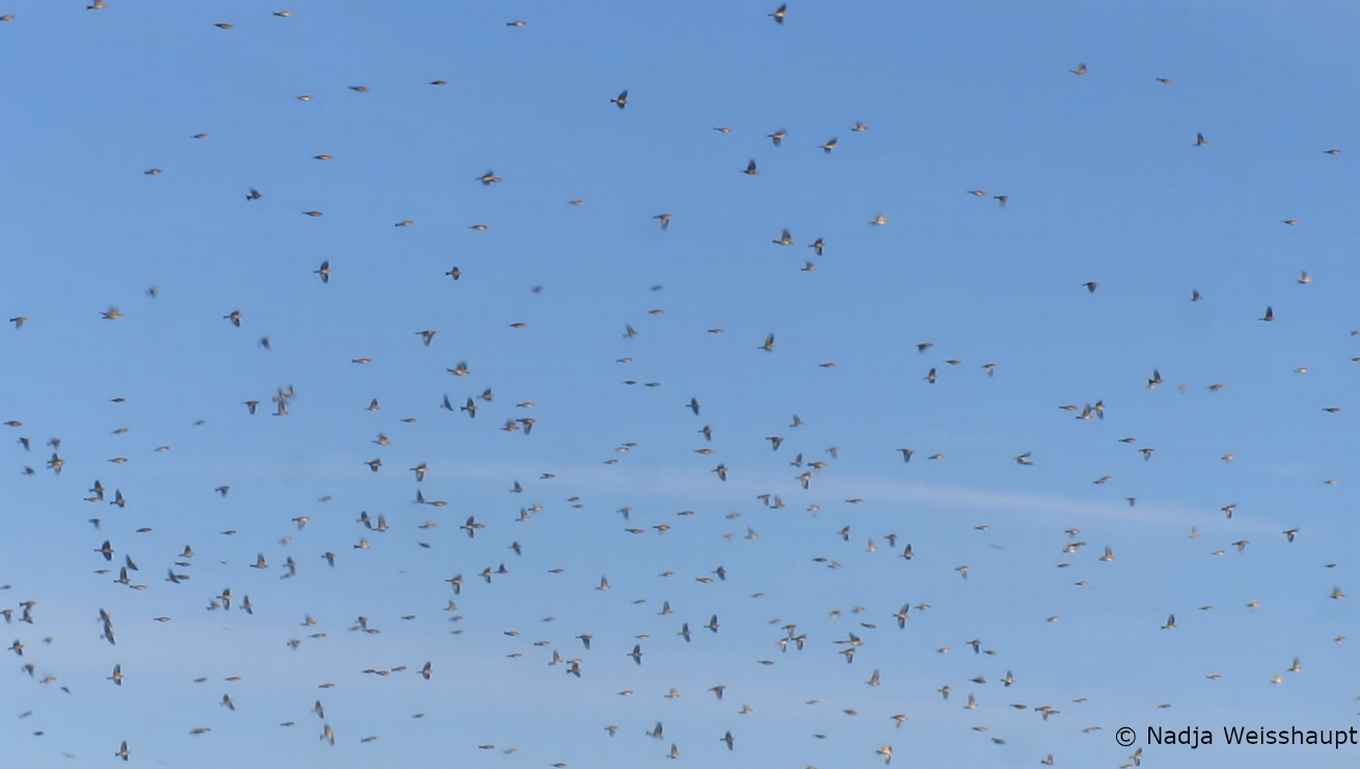Changes to European meteorological data policies threaten aerial biodiversity monitoring
15 April 2021

Biodiversity is changing at an unprecedented rate and countless initiatives exist to collect suitable information to monitor and understand changes in global biodiversity. Operational weather radars exist in many places around the world and are uniquely suited for monitoring aerial biomass flows, especially of migratory species. Recent changes to data exchange policies in Europe threaten current and future use of these continental sensor networks for a broad range of non-meteorological sectors including biodiversity monitoring, conservation, aviation safety, wind energy, human health, agriculture and ecological research.
Data exchange
The exchange of radar data among European national meteorological services is coordinated by the Operational Programme for the Exchange of Weather Radar Information (OPERA). Because of budget cuts, OPERA now wants national meteorological services to submit cleaned data, but this data excludes biological signals that is needed for aerial biodiversity monitoring and other multidisciplinary approaches.
‘We urge the EU commission and OPERA to recognize the diverse applications of weather radar data and to stimulate the realization of a data infrastructure that can transfer and store uncleaned weather radar data,’ says Judy Shamoun-Baranes, professor Animal Movement Ecology at the UvA Institute for Biodiversity and Ecosystem Dynamics and lead author of the letter.
Worldwide policy
Establishment of an open access data archive would facilitate multidisciplinary research and biodiversity monitoring. If all regional associations of the World Meteorological Organization would use similar policies, weather radars worldwide could be used for the monitoring of aerial biodiversity.
‘Although we primarily target policies in Europe where urgent action is needed, our recommendations apply to weather radars worldwide and would boost the utility of these global sensor networks beyond meteorology,’ states co-lead author Silke Bauer from the Swiss Ornithological Institute.
GloBAM
The letter in Science was a joint effort of the GloBAM consortium, funded by BioDivERsa with partners from across Switzerland, Belgium, Finland, the Netherlands, the UK and the USA. The project has emerged from the European Network for the Radar surveillance of Animal Movement, a multi-disciplinary network of international scientists who have taken up a world leading position in the use of radar in animal movement studies.
Publication details
Judy Shamoun-Baranes, Silke Bauer, Jason W. Chapman, Peter Desmet, Adriaan M. Dokter, Andrew Farnsworth, Birgen Haest, Jarmo Koistinen, Bart Kranstauber, Felix Liechti, Tom H.E. Mason, Cecilia Nilsson, Raphael Nussbaumer, Baptiste Schmid, Nadja Weisshaupt, Hidde Leijnse: Weather radars’ role in biodiversity monitoring, in Science (2021). DOI: https://science.sciencemag.org/lookup/doi/10.1126/science.abi4680